Red discus - Symphysodon discus
Scientific name: Symphysodon discus
Common name: Red discus
Family: Cichlidae
Usual size in fish tanks: 10 - 13 cm (3.94 - 5.12 inch)
014
Recommended pH range: 4.3 - 6
Recommended water hardness: 0 - 4°N (0 - 71.43ppm)
0°C 32°F30°C 86°F
Recommended temperature range: 26 - 30 °C (78.8 - 86°F)
The way how these fish reproduce: Spawning
Where the species comes from: South America
Temperament to its own species: peaceful
Temperament toward other fish species: peaceful
Usual place in the tank: Middle levels
Short Description
The Red Discus (Symphysodon discus) is a stunning freshwater fish from South America, prized for its vibrant red coloration and graceful swimming behavior. This species thrives in soft, acidic water and is best suited for experienced aquarists. Known for their calm and peaceful nature, Red Discus require excellent water quality, a high-protein diet, and a carefully maintained tank setup. They are monogamous spawners, making breeding both challenging and rewarding.
Feeding
The Red Discus has a specialized diet that requires a balance of high-protein and nutrient-rich foods. To maintain vibrant coloration and overall health, provide a varied diet consisting of:
- High-quality pellets or granules: Choose specially formulated discus pellets rich in protein and vitamins.
- Live or frozen foods: Include bloodworms, brine shrimp, daphnia, white worms, and blackworms as protein-rich supplements.
- Beef heart mix: Helps enhance coloration and growth. Prepare by blending lean beef heart with spinach, shrimp, and vitamins.
- Vegetables: Occasionally offer blanched spinach, peas, or spirulina-based foods for fiber and essential nutrients.
Feeding Tips:
- Feed small portions multiple times per day (3-4 times) to prevent food waste.
- Avoid leaving uneaten food in the tank to maintain excellent water quality.
- Use a variety of foods to meet nutritional needs and prevent deficiencies.
Sexing
Distinguishing males from females in Red Discus is challenging, especially in juvenile fish. However, as they mature, some subtle differences may appear:
- Males: Develop larger dorsal and anal fins, which may be more pointed.
- Females: Have a rounder body shape, especially when carrying eggs.
- Breeding tube: Females develop a broader and more rounded ovipositor, while males have a thinner, pointed breeding tube.
Best way to identify sex: Observe behavior during breeding. The female lays eggs, while the male fertilizes them.
Breeding
Breeding Symphysodon discus can be challenging and requires specific water conditions.
Breeding Conditions
- Maintain soft, acidic water (pH 4.3 - 6.0) with very low hardness (0 - 4 dGH).
- Increase temperature slightly to 28 - 30°C (82 - 86°F).
- Provide flat surfaces (rocks, large leaves, or breeding cones) for egg-laying.
Spawning Process
- A bonded pair cleans a selected spawning site.
- The female lays eggs in rows, which the male fertilizes.
- Parents fan the eggs and protect them from fungus and predators.
- Eggs hatch within 48-72 hours, and larvae remain attached to the spawning site.
- After 3-5 days, the fry become free-swimming and feed on their parents' mucus secretion for the first 1-2 weeks.
Raising Fry
- Once free-swimming, introduce newly hatched brine shrimp as the first solid food.
- Perform frequent water changes (20-30% daily) to maintain pristine conditions.
Lifespan & General Care
The Red Discus can live up to 10 years with excellent care.
Ideal Tank Setup
- Tank Size: Minimum 50 gallons (190 liters) for a small group.
- Water Parameters:
- Temperature: 26 - 30°C (78.8 - 86°F)
- pH: 4.3 - 6.0
- Hardness: 0 - 4 dGH (soft water)
- Filtration: Use a high-quality sponge or canister filter to maintain excellent water quality while avoiding strong currents.
Tank Mates
Best kept in a species-only setup or with calm, non-aggressive tank mates, such as:
Avoid: Boisterous or aggressive fish like Oscars or fin-nipping species.
Expert Tip:
Regular water changes (30-50% weekly) are necessary to maintain stable conditions, as Red Discus are sensitive to water pollutants.
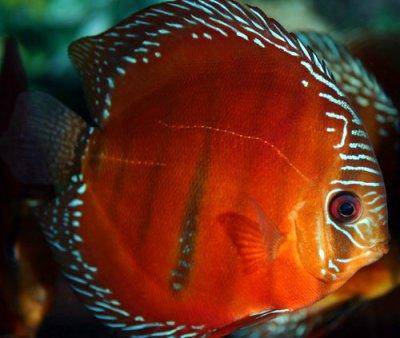








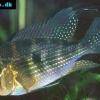 Thread-finned
Thread-finned 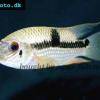 Acara
Acara 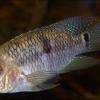 Yellow
Yellow 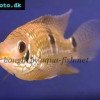 Patrick's
Patrick's 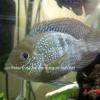 Blue
Blue 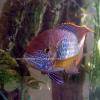 Green
Green 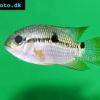 Acara
Acara 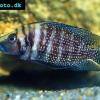 White
White 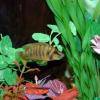 Compressed
Compressed 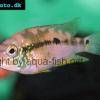 Pastel
Pastel 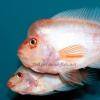 Midas
Midas 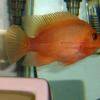 Red
Red 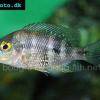 Bluemouth
Bluemouth 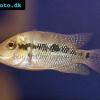 False
False 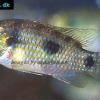 African
African 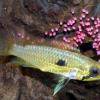 Agassiz's
Agassiz's 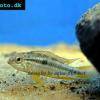 Banded
Banded 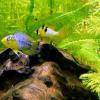 Yellow
Yellow 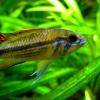 Cockatoo
Cockatoo 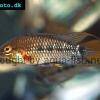 Blue
Blue 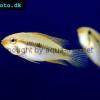 Blackstripe
Blackstripe 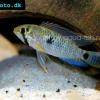 Highfin
Highfin 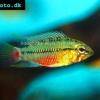 Redstripe
Redstripe 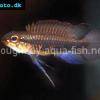 Threadfinned
Threadfinned 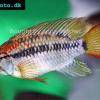 Macmaster’s
Macmaster’s 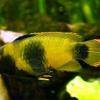 Panda
Panda 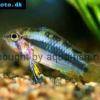 Norbert’s
Norbert’s 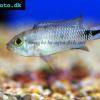 Blue
Blue 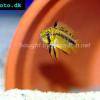 Thin-line
Thin-line 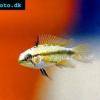 Three-striped
Three-striped 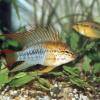 Viejita
Viejita 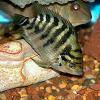 Flier
Flier 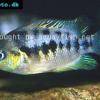 Archocentrus
Archocentrus 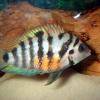 Convict
Convict 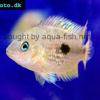 Seven
Seven 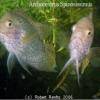 Spiny
Spiny 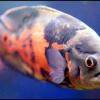 Oscar
Oscar 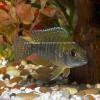 Sunshine
Sunshine 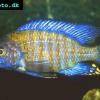 Chitande
Chitande 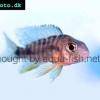 Firebird
Firebird 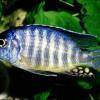 Midnight
Midnight 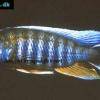 Lake
Lake 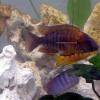 Sunshine
Sunshine 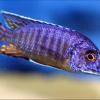 Aulonocara
Aulonocara 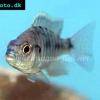 Nyasa
Nyasa 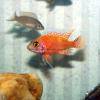 Ruby
Ruby 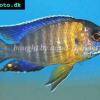 Grants
Grants 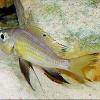 Aulonocranus
Aulonocranus 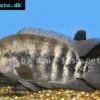 Chameleon
Chameleon 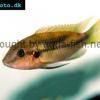 Benitochromis
Benitochromis 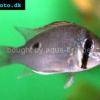 Orinoco
Orinoco 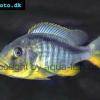 Yellow
Yellow 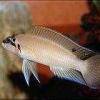 Brichard’s
Brichard’s 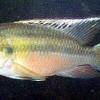 Guenther’s
Guenther’s 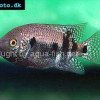 Southern
Southern 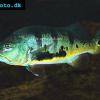 Cichla
Cichla 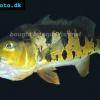 Peacock
Peacock 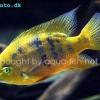 Chiseltooth
Chiseltooth 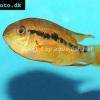 Bolivian
Bolivian 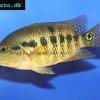 Red
Red 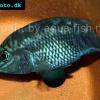 Many-pointed
Many-pointed 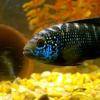 Jack
Jack 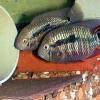 Red
Red 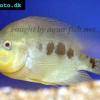 Three
Three 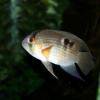 Keyhole
Keyhole 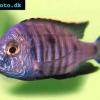 Azureus
Azureus 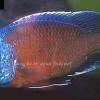 Red
Red 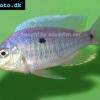 Jackson’s
Jackson’s 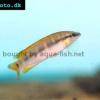 Crenicichla
Crenicichla 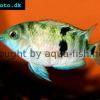 Honduran
Honduran 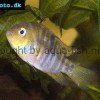 Blue-eye
Blue-eye 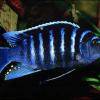 Afra
Afra 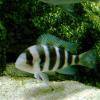 Frontosa
Frontosa 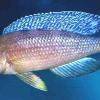 Slender
Slender 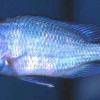 Malawi
Malawi 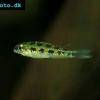 Chequerboard
Chequerboard 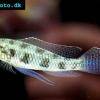 Checkerboard
Checkerboard 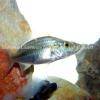 Malawi
Malawi 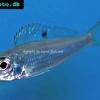 Ectodus
Ectodus 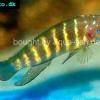 Tanganyika
Tanganyika 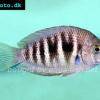 Canara
Canara 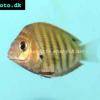 Green
Green 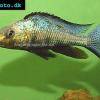 Rostratus
Rostratus 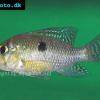 Pearl
Pearl 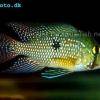 Geophagus
Geophagus 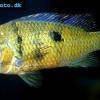 Yellowhump
Yellowhump 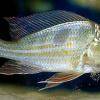 Suriname
Suriname 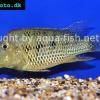 Redhump
Redhump 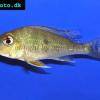 Red
Red 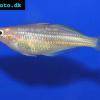 Dority’s
Dority’s 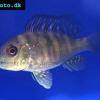 Argentine
Argentine 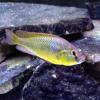 Burton’s
Burton’s 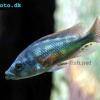 Victoria
Victoria 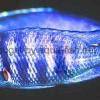 Haplochromis
Haplochromis 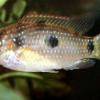 Jewel
Jewel 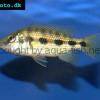 Banded
Banded 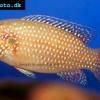 Lifalili
Lifalili 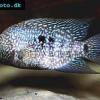 Lowland
Lowland 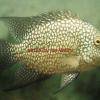 Texas
Texas 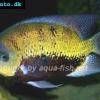 Pantano
Pantano 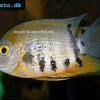 Severum
Severum 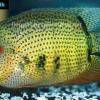 Banded
Banded 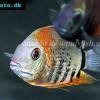 Severum
Severum 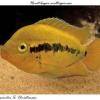 Rainbow
Rainbow 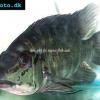 Parrot
Parrot 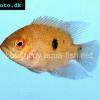 Chocolate
Chocolate 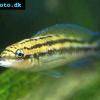 Brown
Brown 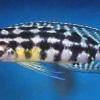 Marlieri
Marlieri 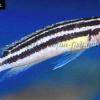 Golden
Golden 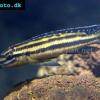 Striped
Striped 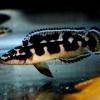 Masked
Masked 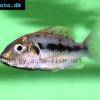 Konye
Konye 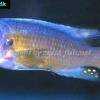 Blue
Blue 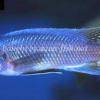 Trewavas
Trewavas 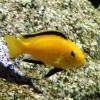 Electric
Electric 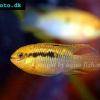 Dwarf
Dwarf 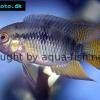 Redbreast
Redbreast 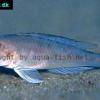 Lamprologus
Lamprologus 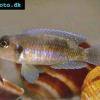 Gold
Gold 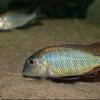 Greenface
Greenface 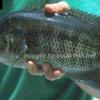 Mayan
Mayan 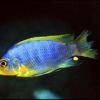 Aurora
Aurora 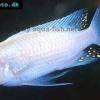 Blue
Blue 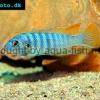 William’s
William’s 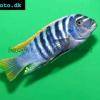 Zebra
Zebra 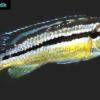 Malawi
Malawi 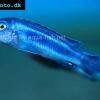 Blue
Blue 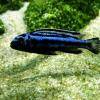 Blue
Blue 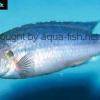 Mbuna
Mbuna 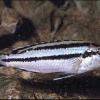 Parallel
Parallel 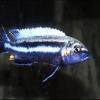 Purple
Purple 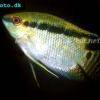 Flag
Flag 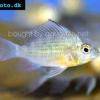 Bolivian
Bolivian 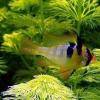 Ram
Ram 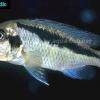 Basket
Basket 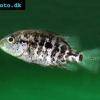 Haitian
Haitian 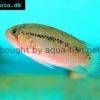 Zebra
Zebra 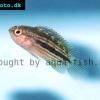 Striped
Striped 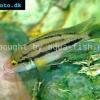 Neolamprologus
Neolamprologus 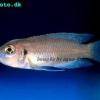 Brevis
Brevis 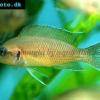 Fairy
Fairy 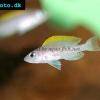 Neolamprologus
Neolamprologus 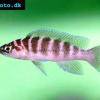 Cylindricus
Cylindricus 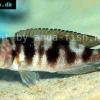 Hecq’s
Hecq’s 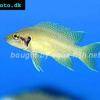 Neolamprologus
Neolamprologus 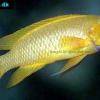 Lemon
Lemon 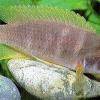 Mustax
Mustax 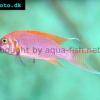 Daffodil
Daffodil 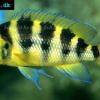 Six-bar
Six-bar 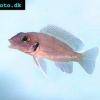 Five-bar
Five-bar 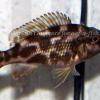 Marbled
Marbled 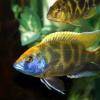 Giraffe
Giraffe 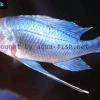 Blue
Blue 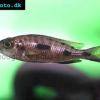 Sulphurhead
Sulphurhead 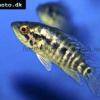 Wolf
Wolf 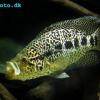 Jaguar
Jaguar 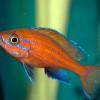 Blue
Blue 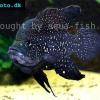 Marakeli
Marakeli 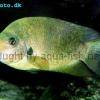 Madagascar
Madagascar 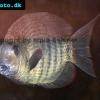 Pinstripe
Pinstripe 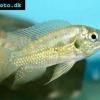 Pelmatochromis
Pelmatochromis 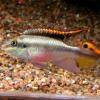 Kribensis
Kribensis 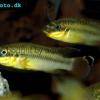 Striped
Striped 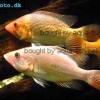 Red
Red 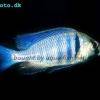 Deepwater
Deepwater 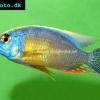 Fenestratus
Fenestratus 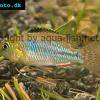 Nichols’
Nichols’ 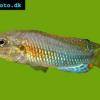 Southern
Southern 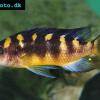 Bumble
Bumble 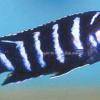 Demason’s
Demason’s 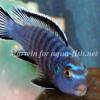 Slender
Slender 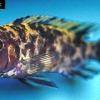 Red
Red 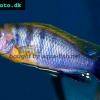 Mbuna
Mbuna 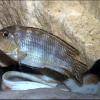 Malawi
Malawi 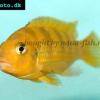 Kenyi
Kenyi 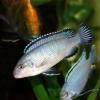 Powder
Powder 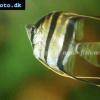 Altum
Altum 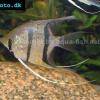 Angelfish
Angelfish 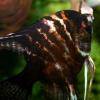 Angelfish
Angelfish 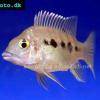 East
East 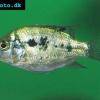 Juba
Juba 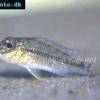 Earth
Earth 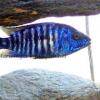 Electric
Electric 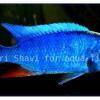 Azure
Azure 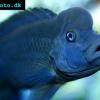 Lionhead
Lionhead 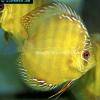 Discus
Discus 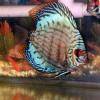 Blue
Blue 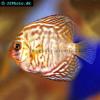 Zebra
Zebra 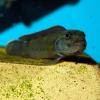 Brichard’s
Brichard’s 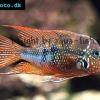 Blue
Blue 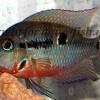 Firemouth
Firemouth 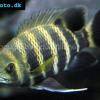 Zebra
Zebra 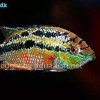 Yellow
Yellow 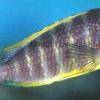 Blue
Blue 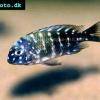 Dwarf
Dwarf  Blunthead
Blunthead 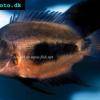 The
The 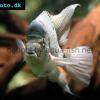 White
White 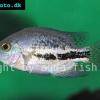 Twoband
Twoband 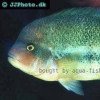 Fenestratus
Fenestratus 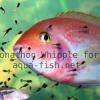 Window
Window 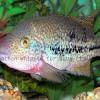 Tailbar
Tailbar 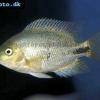 Black
Black 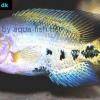 Redhead
Redhead 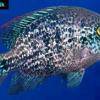 Oaxaca
Oaxaca 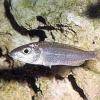 Xenotilapia
Xenotilapia